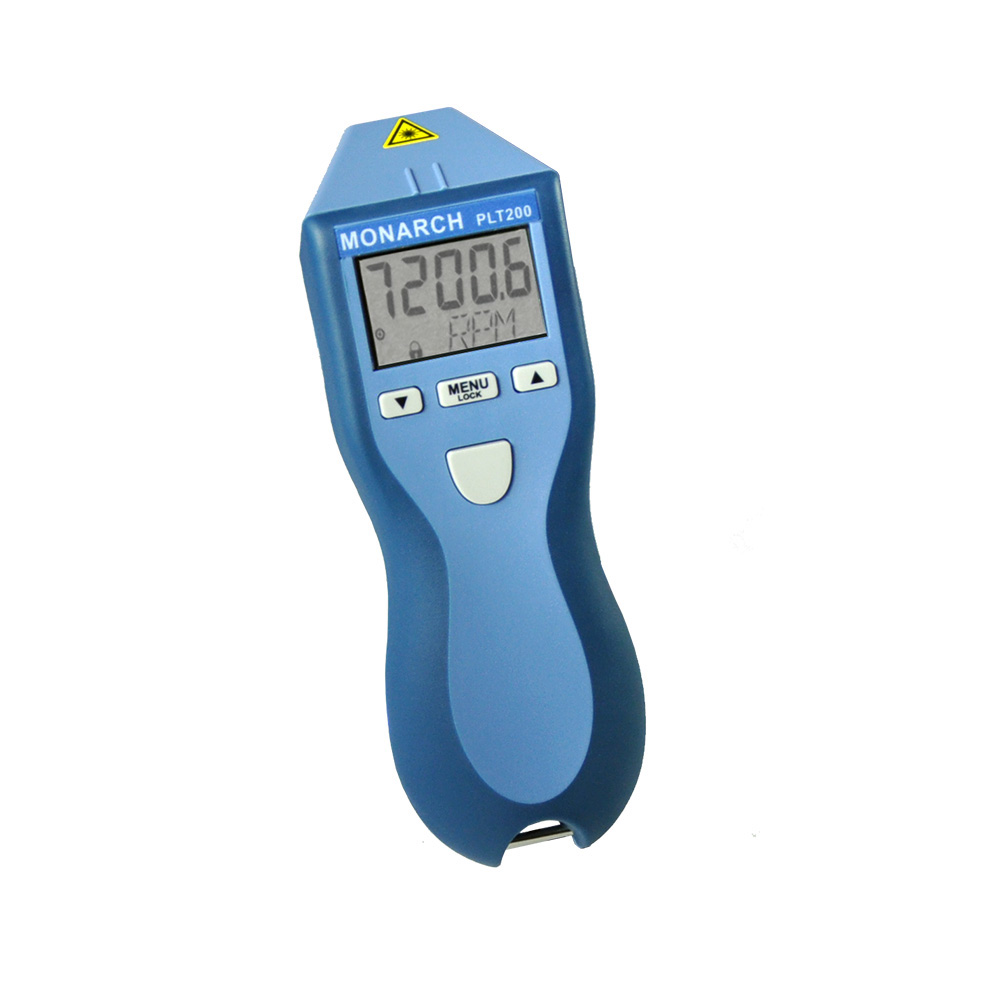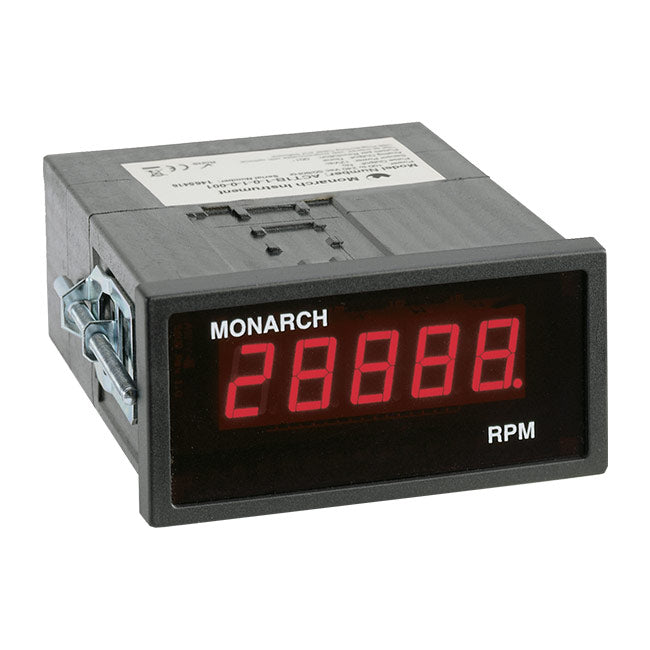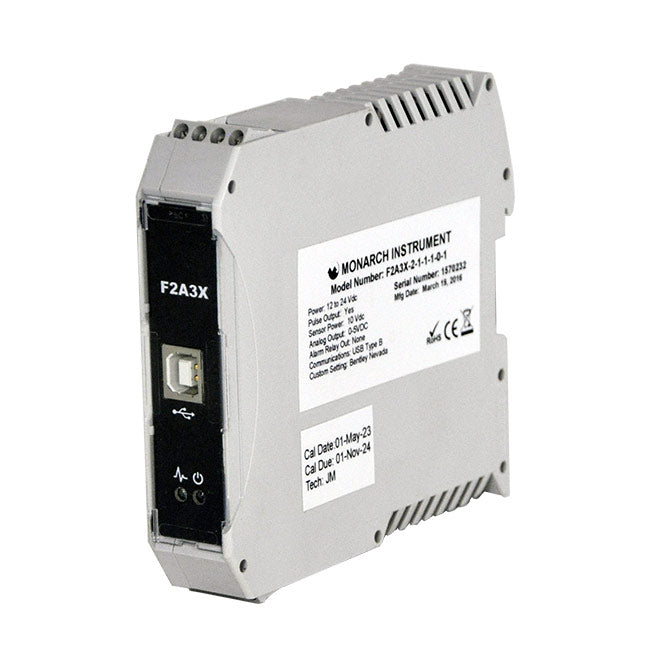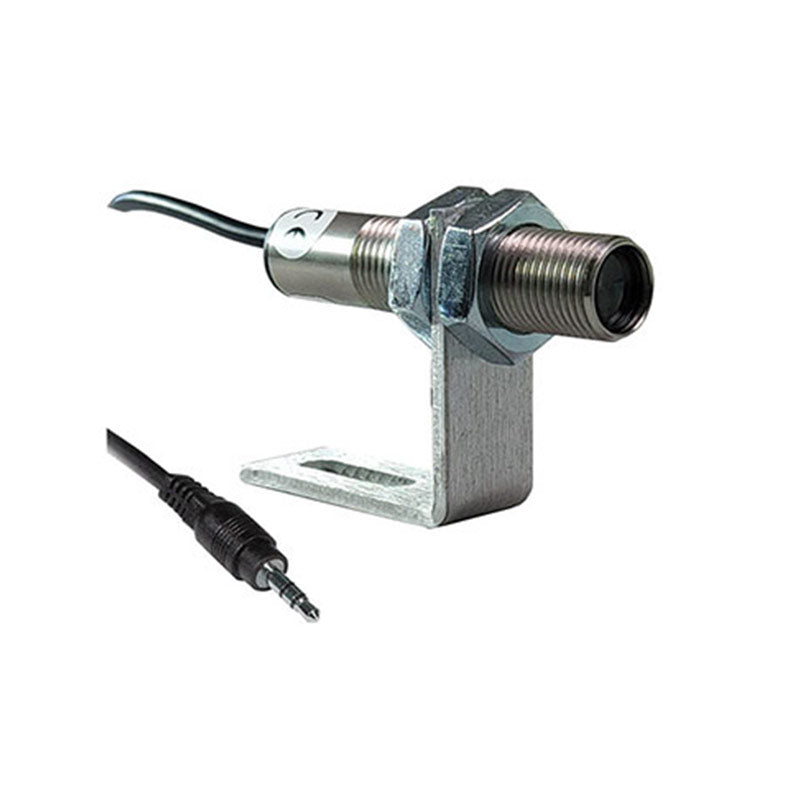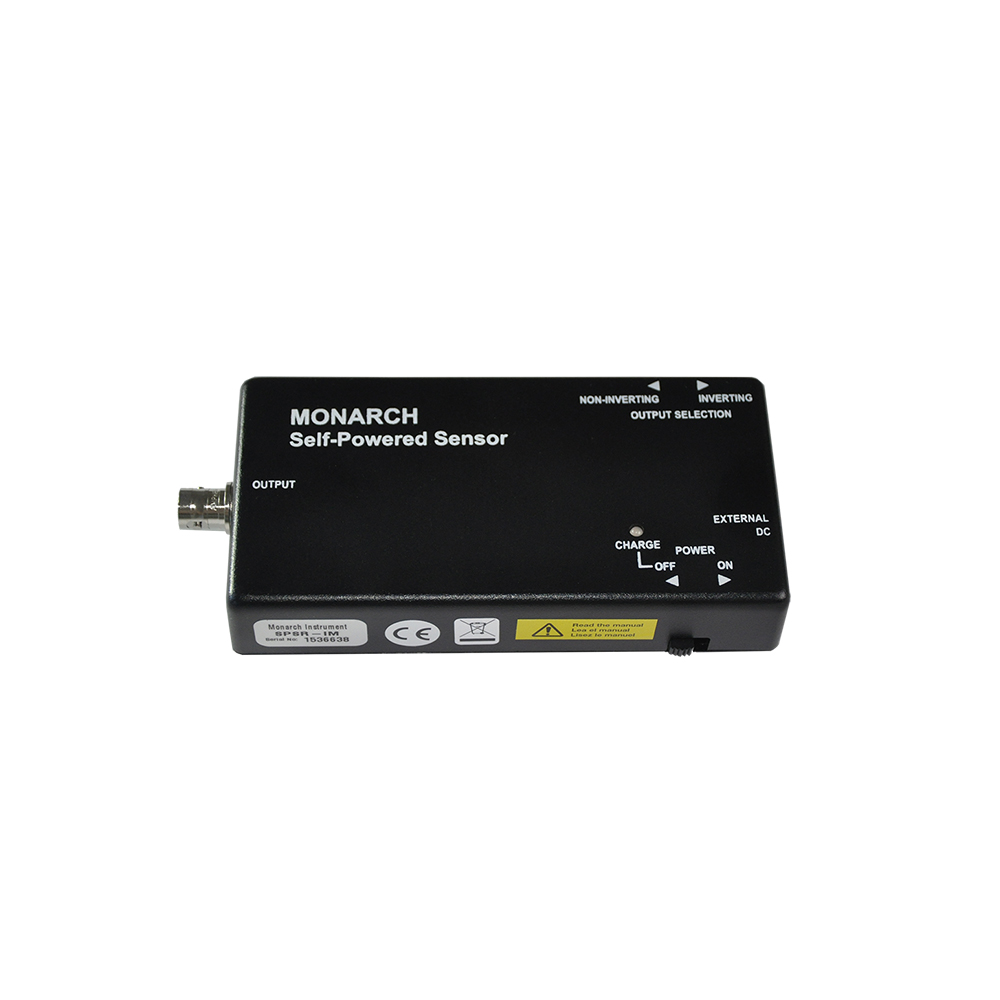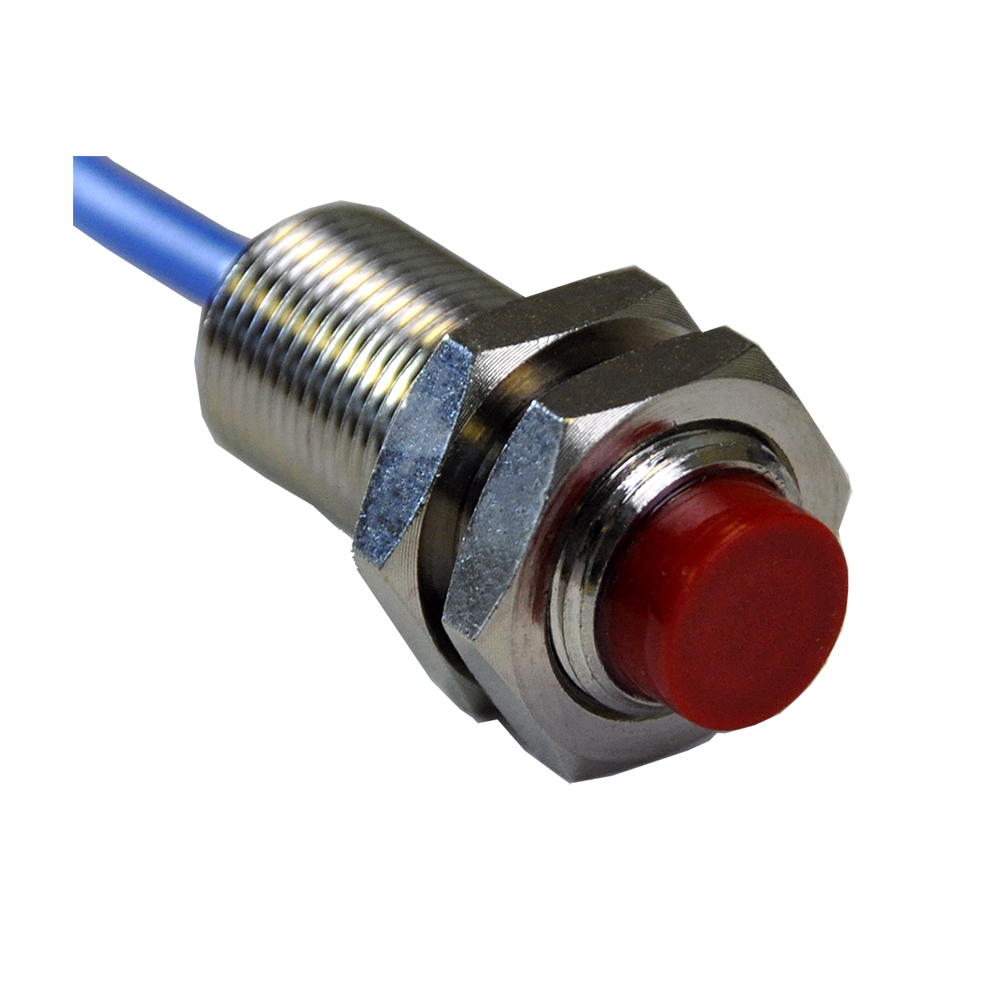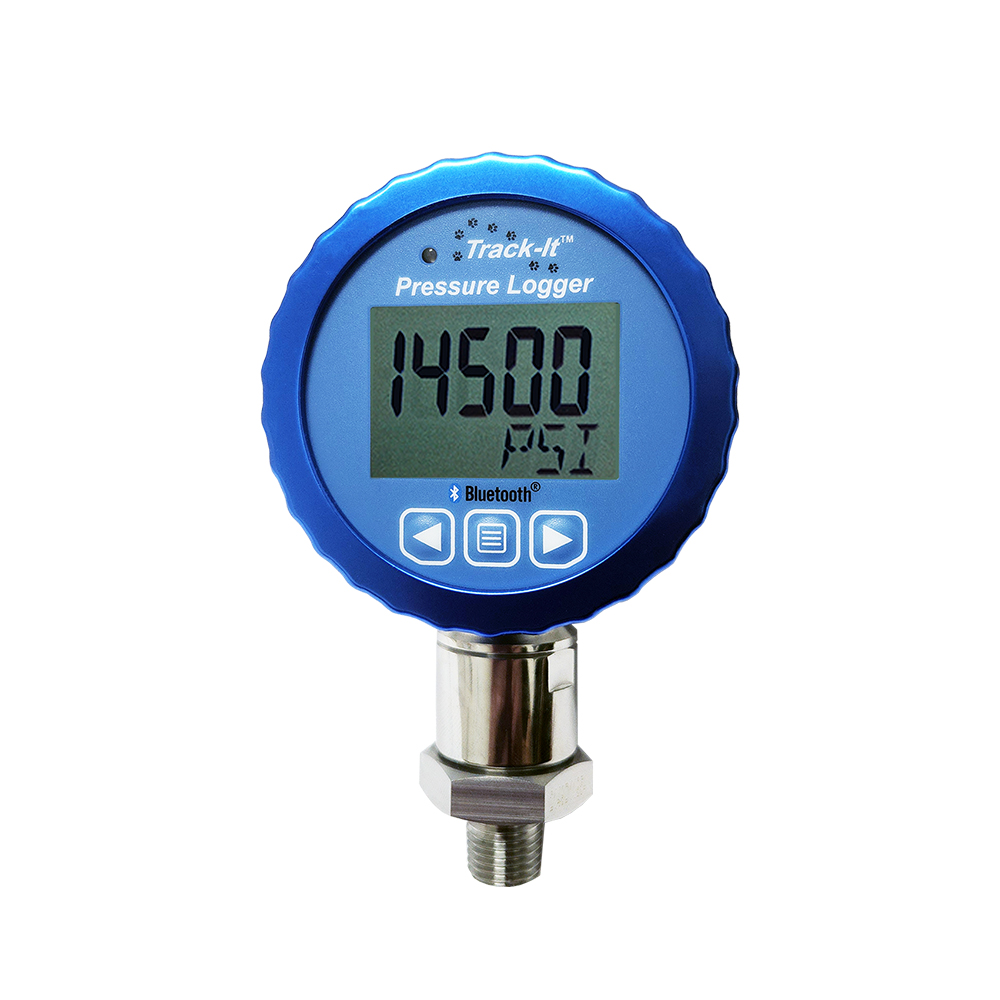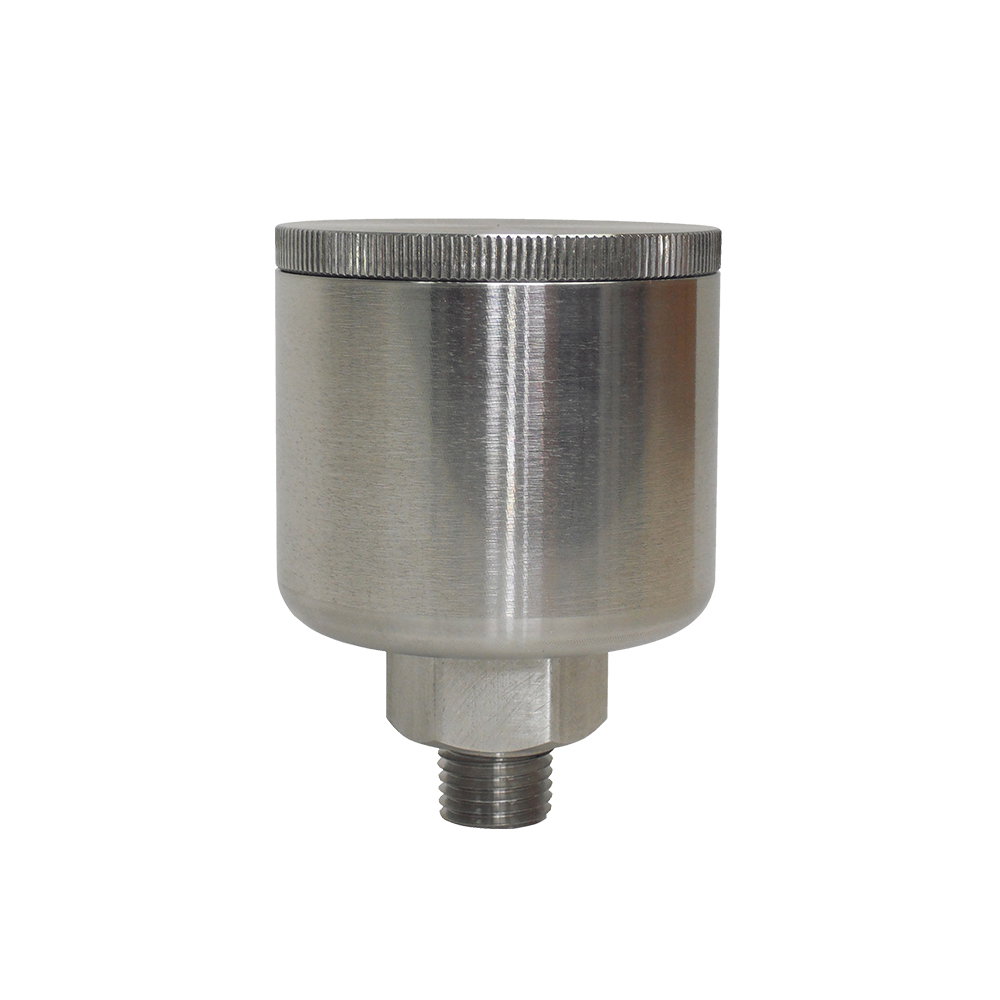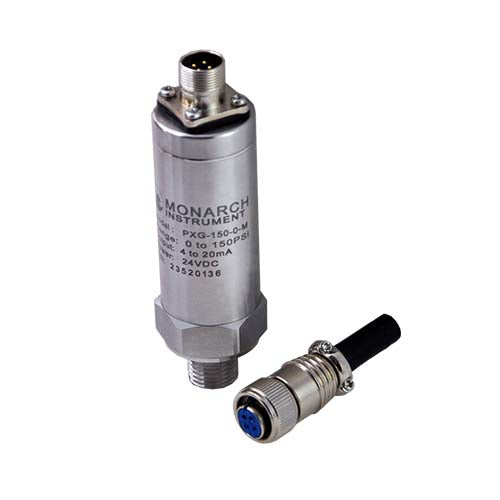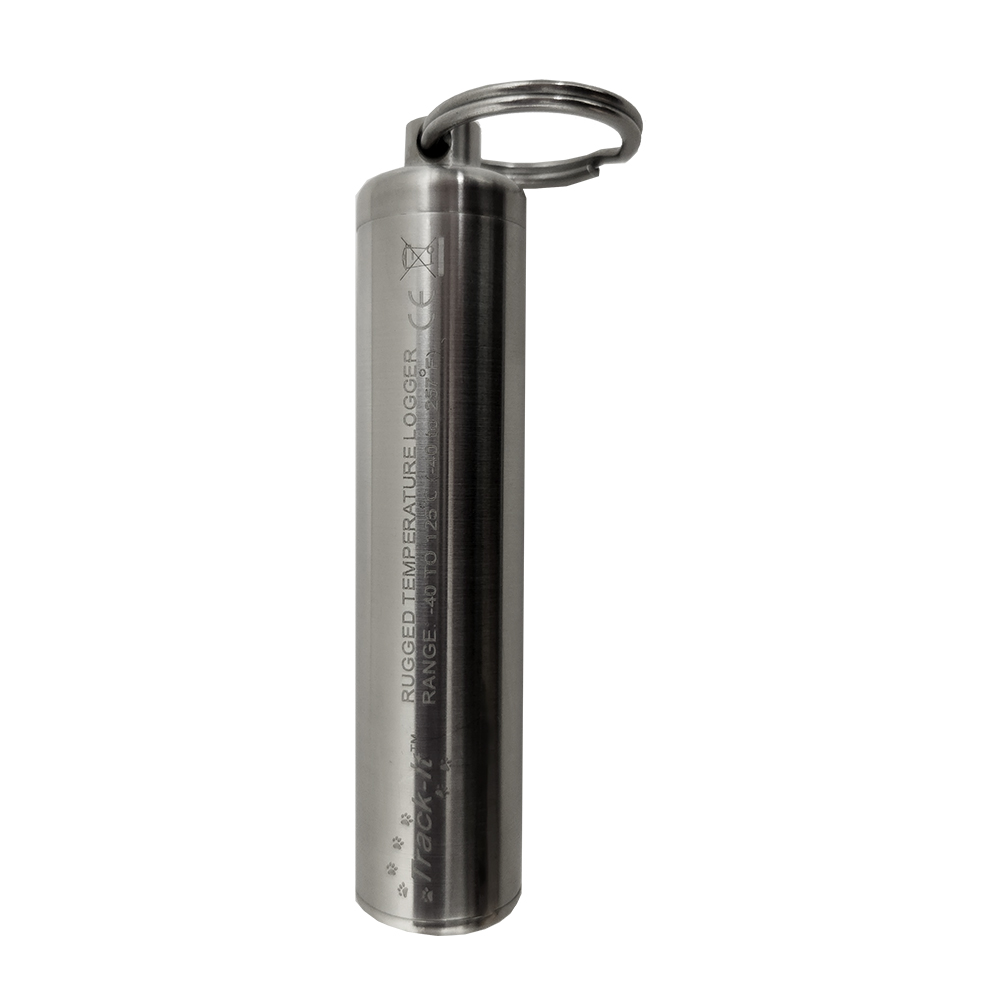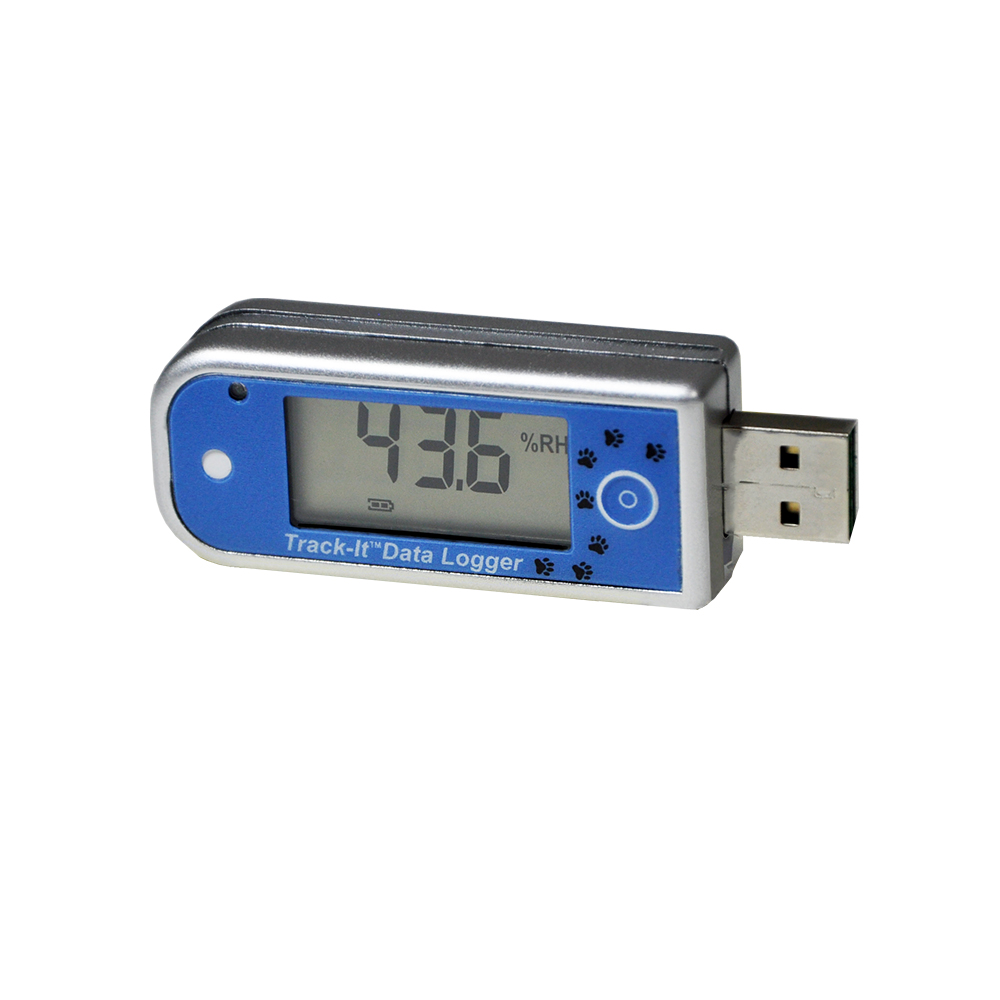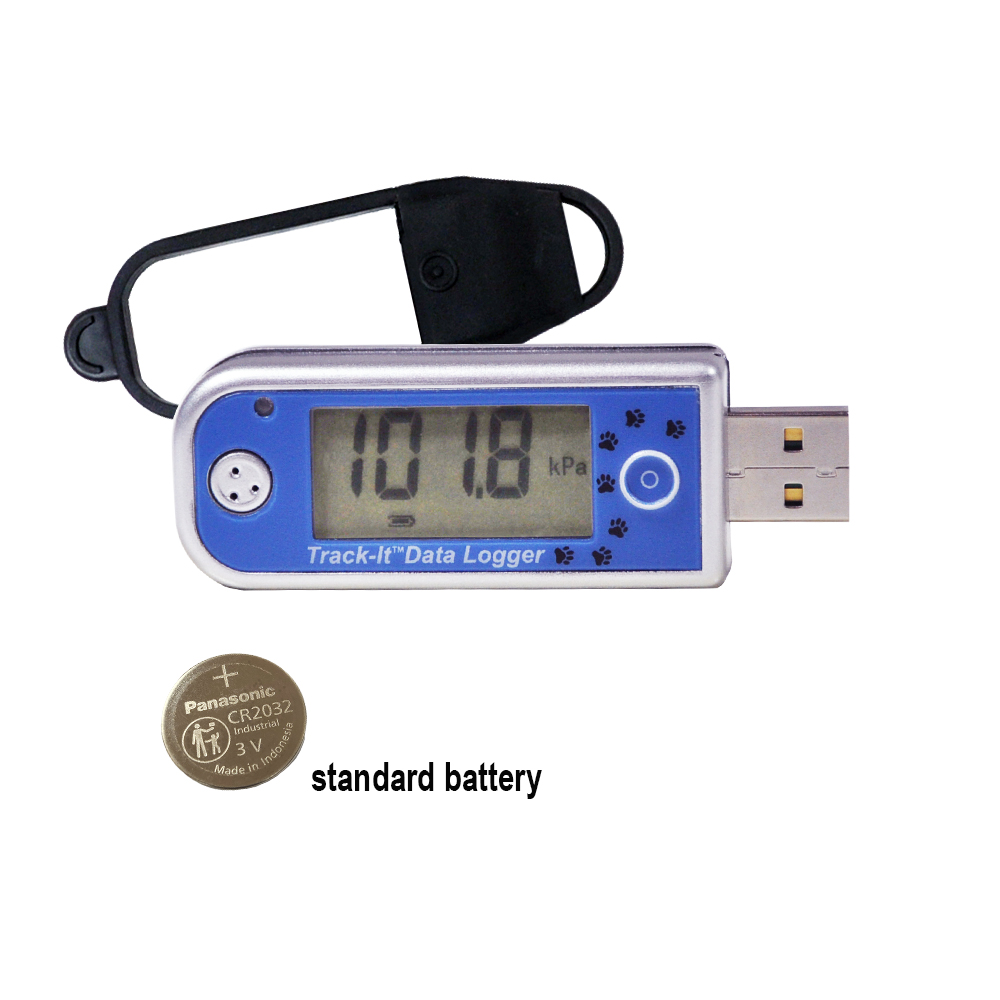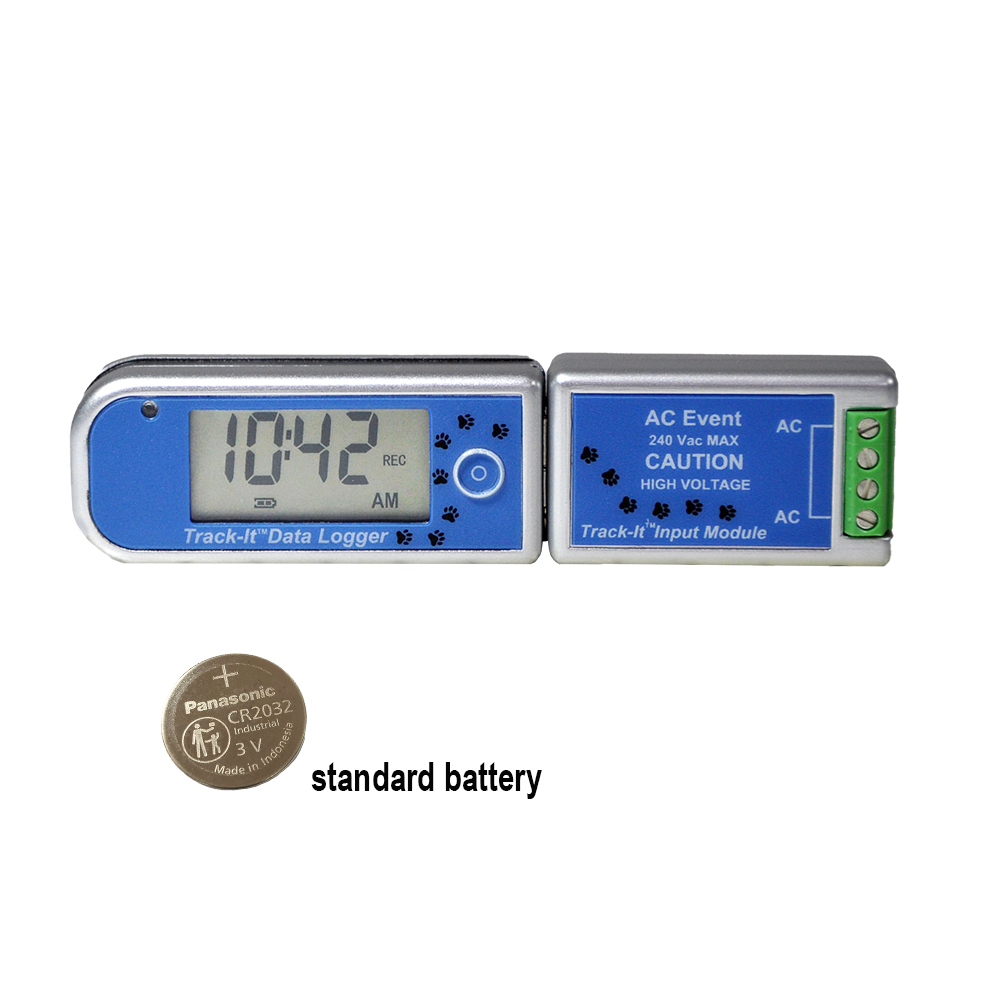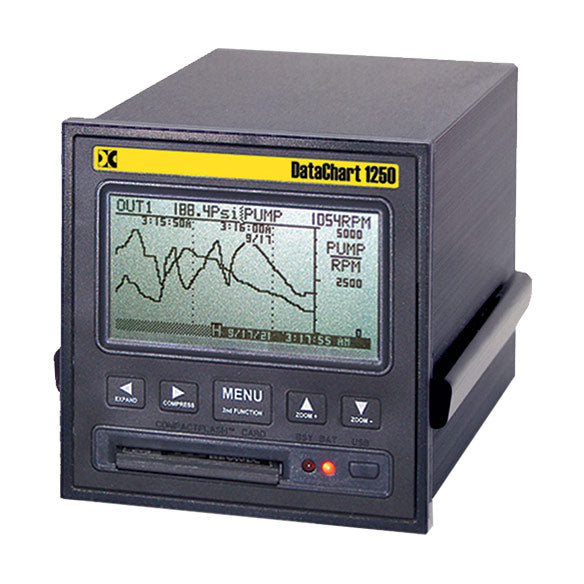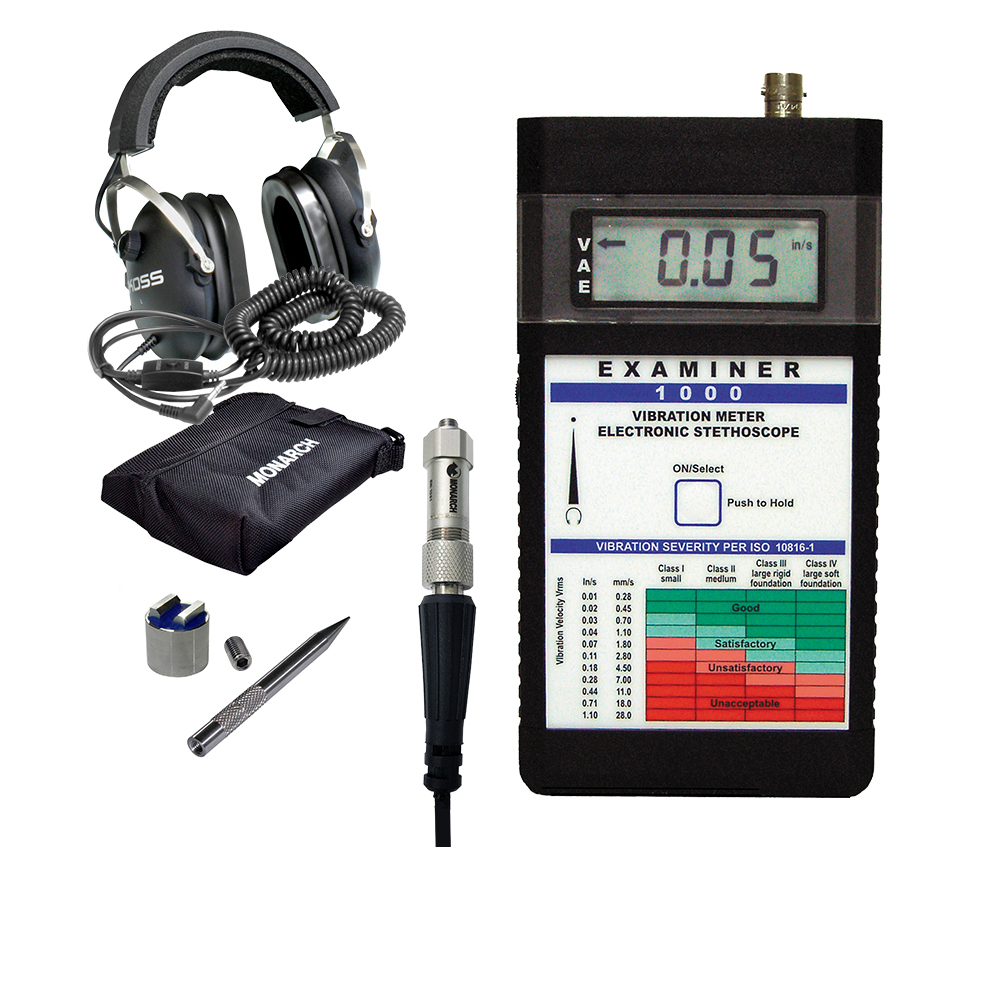ROTATIONAL SPEED MEASURING with Monarch Instrument
Rotational speed measuring is a crucial element in predictive maintenance. Rotational speed measures how quickly an object is rotating around an axis. Specifically, it quantifies the number of complete rotations or revolutions an object makes in a given amount of time.
Units of rotation speed measurement:
- Revolutions per minute (RPM) – often used in mechanical and automotive contexts.
- Radians per second (rad/s) – used in physics and engineering.
- Hertz (Hz) – where 1 Hz = 1 revolution per second.
The benefits of measuring rotational speed in manufacturing include improved efficiencies, compliance in inspection and quality control, and improving machine operation.
Monarch Instrument manufactures the most efficient, powerful rotational speed measuring tools – portable and panel/bench mounted!

Tachometers:

Tachometers are the predominant tools for measuring rotational speed. Panel tachometers are designed to be mounted for continuous monitoring. Handheld tachometers are portable, ideal devices for field or on-the-spot use.
Monarch Instrument’s ACT Panel Tachometer/Totalizer Series are versatile devices with robust features. These factory-configured units are specific to your needs; the optional USB Programming Cable allows for user configuration onsite.
Optical Tachometers (Laser Tachometers):

Optical tachometers use a light beam to detect reflected light from a rotating object and measure the speed based on the frequency of the reflected pulses. They are often non-contact and useful for measuring speed in hard-to-reach places.
The Pocket Tach series are among Monarch Instrument’s best sellers! The PLT200 Laser Strobe and PT99 LED Strobe are ideal for measuring rotational speed of gears, fans, motors, and machinery. The PLT200 uses a Class 2 Visible Laser as a light source for complete accuracy and reliability, and has a range of up to 25 feet. The PT99 uses a red LED as a light source and has a range up to 3 feet.
Stroboscopes:

The main function of a stroboscope is to provide stop motion visual inspection. So, while not directly measuring RPM, stroboscopes are used to inspect moving parts and can be used to visually determine rotational speed by flashing light at a frequency that appears to freeze the motion of the rotating object.
There are two lighting sources for stroboscopes, LED or xenon. LEDs create uniform extra bright coverage. They are extremely efficient, allowing cool continuous operation. Xenon flashtubes create uniformity through light propagation.
Monarch Instrument’s Nova-Pro• 300 and 500 LED Stroboscopes/Tachometers feature a patented integral Laser Module for dual use as a tachometer for RPM measurement. With a flash range of 30 to 999,999, these full-featured strobes are powerful and effective!
Sensors (Proximity Probes):
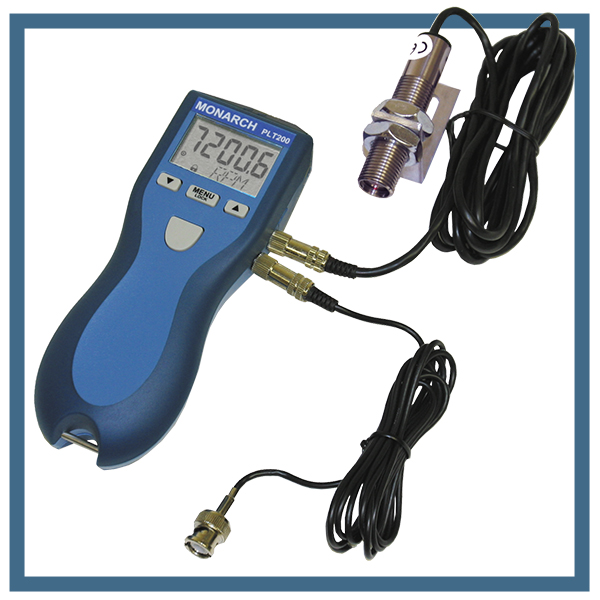
Sensors are tachometer components that convert rotational motion into electrical signals. Ideal for many applications, sensors can be connected to a tachometer for measuring speed.
An inductive proximity sensor detects a metal “target” without contact by emitting an electromagnetic signal and induction current. The changes in the sensor’s output from the metal target entering the created magnetic field trigger the detected signal. Monarch Instrument’s two-wire P5-11 Proximity Sensor is a rugged industrial-style inductive sensor with 1-120,000 RPM range. The ROS Remote Optical LED Sensor can be connected to the PLT200 for RPM measurement in hard to reach locations.





